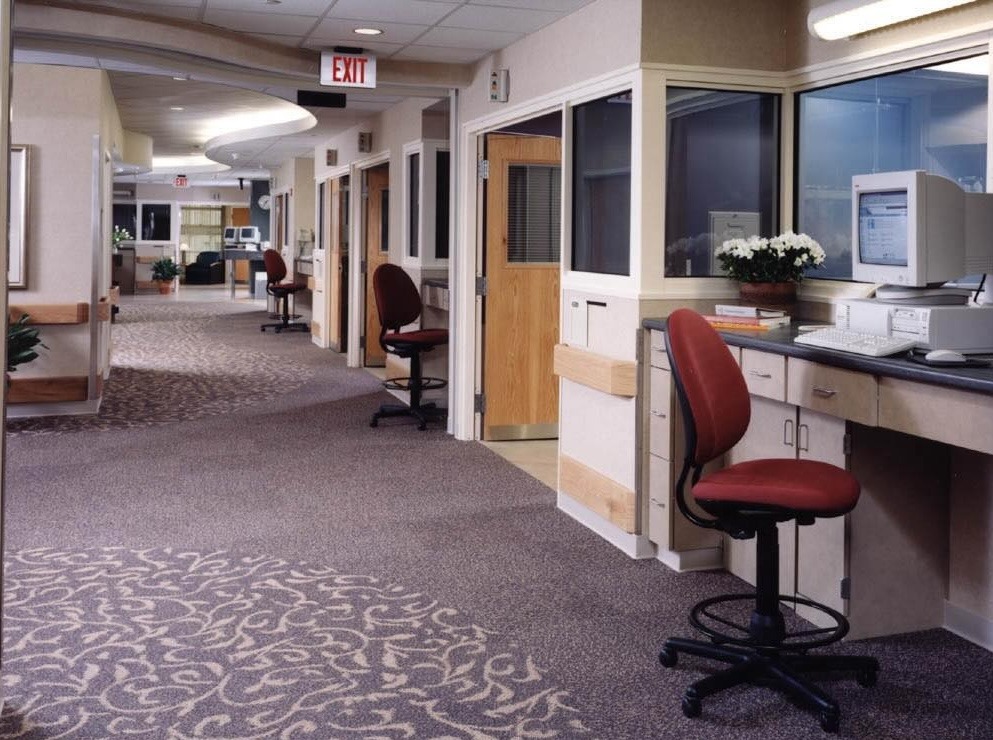This French proverb could very well describe the U.S. healthcare design and construction industry over the next 10 years. Because even though things like health reform and new technology are changing how and where people get care, there are other things that won't change.
Here are 5 things affecting healthcare design and construction that will still be around in 2028:
1. Inpatient Care
While many think the patient room of the future is your bedroom, acute care hospitals are not going away anytime soon. The number of beds may shrink and more services shift to outpatient care, but are we going to stop building new or renovating existing hospitals? I don't think so.
Also, some new guidelines issued by CMS may affect whether microhospitals can be classified as hospitals. This could slow the growth of this facility model and put the emphasis back on larger hospitals.
2. Outpatient Care
It's been almost eight years since the Affordable Care Act became law. Before it was passed, hospitals and health systems were already expanding their outpatient services, building new facilities to extend care into their communities. This isn't going to change either.
3. Retail Health
There are now more than 2,200 retail clinics in the U.S. The recent CVS-Aetna merger could change how many people get their basic healthcare services.
So, retail health is also here to stay -- and poised to grow. Unless Amazon enters the retail pharmacy space and disrupts everything.
4. Aging Population
Every day about 10,000 Baby Boomers turn 65. In 10 years just about all of that generation will be 65 or older, making up about 18% of the population, according to the Pew Research Center. And because people are living longer with chronic conditions, the number of people over the age of 80 is also expected to increase.
It will be a long time before the younger generation outnumbers the older generation in the U.S. If ever.
5. Patient Experience
Now more than 30 years old, the patient experience movement is stronger than ever in the U.S. and abroad. The Beryl Institute now has more than 55,000 members worldwide.
The trend toward accountability in the U.S., driven by HCAHPS scores, which affect Medicare reimbursement, has made improving the patient experience a top priority for hospital and health system leaders.
This fascinating narrative of the history of the patient experience movement by Wendy Lebov on the Beryl Institute website tells the story of its future.
P.S. Please do me a favor -- if you liked this post and like this blog, please share it with others by sending them the link or posting it on your Twitter, LinkedIn, or Facebook. Also, don't forget to subscribe, so you'll get emails when new content is posted. Thanks!







